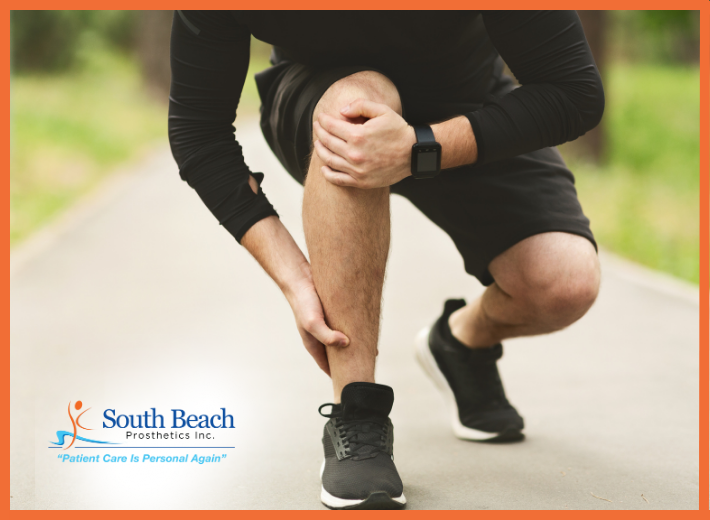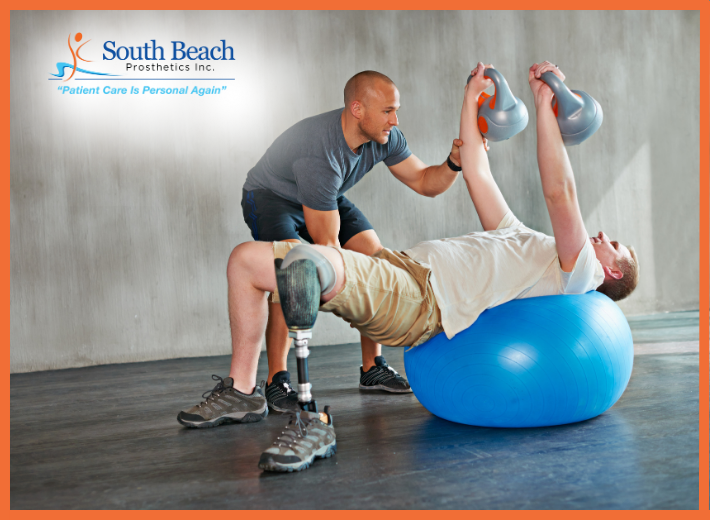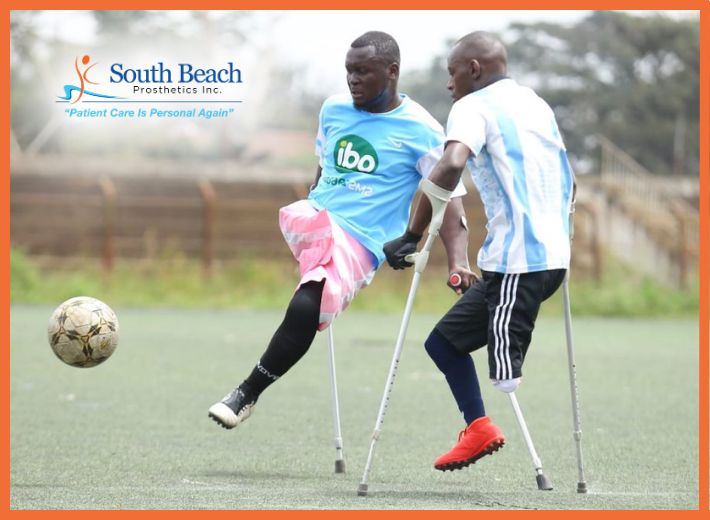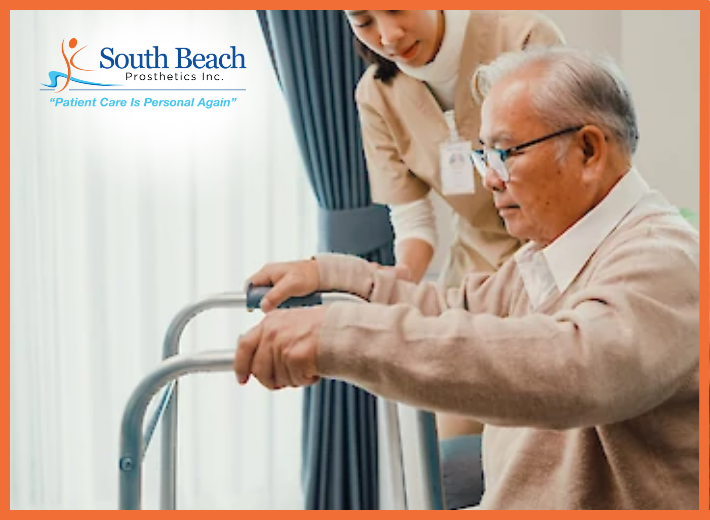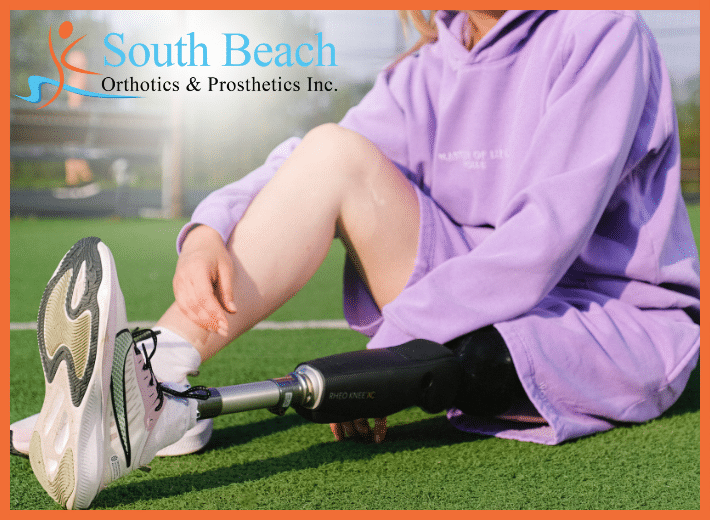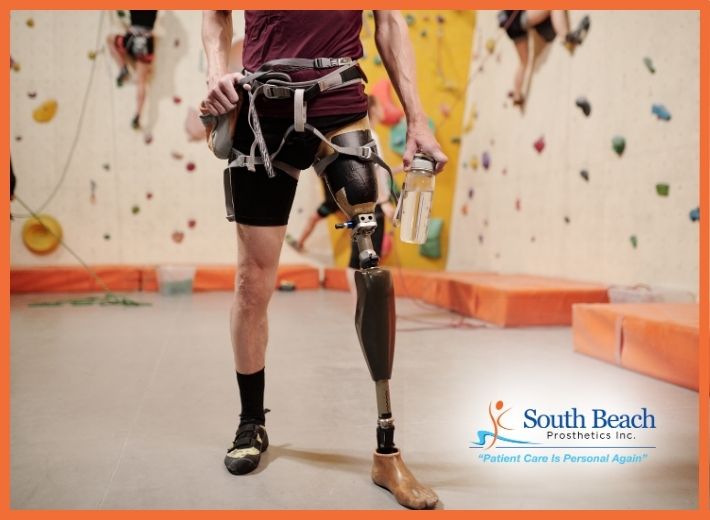Watching someone you love battle the relentless grip of chronic pain can feel like walking blindfolded through a maze. You want to help, to ease their burden, but the path often seems as murky as the pain itself. Here’s where the journey truly begins – a journey not towards a cure, but towards understanding, empathy, and practical tools that can make a real difference. Together, we can illuminate a brighter path forward.
How to support a loved one with chronic pain
For millions of people, living with chronic pain can significantly affect daily activities, relationships, work and well-being. Chronic pain typically is categorized based on the duration of pain experienced.
The pain or discomfort people feel while recovering from an injury or illness is considered acute or subacute. Pain lasting beyond usual recovery from a trauma-related event or surgery, typically 12 weeks, is considered chronic. Pain can transition from acute to chronic, depending on a person’s recovery process.
Effect of chronic pain on daily life
Chronic pain can cause a person to avoid activities that cause further pain. This can lead to muscle weakness, joint problems and being more prone to injury. These avoidance behaviors also can lead to psychological isolation and stress. Moving the body and being physically active are crucial for long-term pain management. Encouragement from family, friends and caregivers to stay active and motivated is vital in improving physical health and psychological well-being for a person with chronic pain.
Central sensitization pain presents additional challenges, including mood changes and fatigue. Patients with central sensitization pain may experience heightened pain responses during physical activity.
Supporting loved ones with chronic pain
It’s important that loved ones understand the effect of chronic pain on a person’s daily life. Not being able to engage with family and friends can lead to mood symptoms like anxiety, helplessness and hopelessness.
It’s beneficial to encourage people with chronic pain to maintain a sense of normalcy, remain involved in social activities and stick to a routine sleep schedule.
However, caregivers should balance encouraging activity and enabling passivity, as helping can exacerbate physical and psychological limitations and dependency.
When supporting someone with chronic pain, here are some ways a loved one can help:
- Understand the nature of chronic pain.
Recognize that chronic pain differs from acute pain and can last beyond the expected recovery period. Be aware of the different types of chronic pain and the effect on your loved one’s life. - Encourage movement and physical activity.
Motivate the person to do gentle exercises, stretching or physical therapy, even if it initially causes some discomfort. Gradually increasing activity levels can help improve pain and overall functioning. - Support a balanced routine.
Help establish a regular sleep schedule and ensure the person is exposed to daylight during the day. Encourage healthy habits such as maintaining a nutritious diet and avoiding substances like drugs or smoking. Understand that someone with chronic pain may have fluctuating levels of pain. Encourage them to participate in social events and integrate into family meals or outings when they feel up to it. - Provide emotional support.
Chronic pain can take a toll on a person’s mental health. Listen when needed, offer emotional support and encourage open communication about their feelings and experiences. Help them seek professional help if needed. Understand that chronic pain can be unpredictable, and the person may have good and bad days. Practice patience, flexibility and adaptability to accommodate their needs and limitations. - Avoid enabling behaviors.
While being empathetic is important, avoid reinforcing a sedentary or inactive lifestyle. Encourage independence and motivate the person to participate in their daily activities as much as possible. - Stay informed and advocate for proper medical care.
Educate yourself about the specific condition causing chronic pain, available treatments and strategies for managing pain. This knowledge will help you better understand and support the person’s journey. Help the person find health care providers who specialize in chronic pain management. Advocate for their needs and ensure they receive appropriate medical attention, including seeking second opinions if necessary. - Encourage self-care.
Remind the person to prioritize self-care, including practicing relaxation techniques, pursuing hobbies and engaging in activities that bring joy and reduce stress.
Remember, a person’s experience with chronic pain is unique to them, so it’s essential to tailor your support to their needs.

